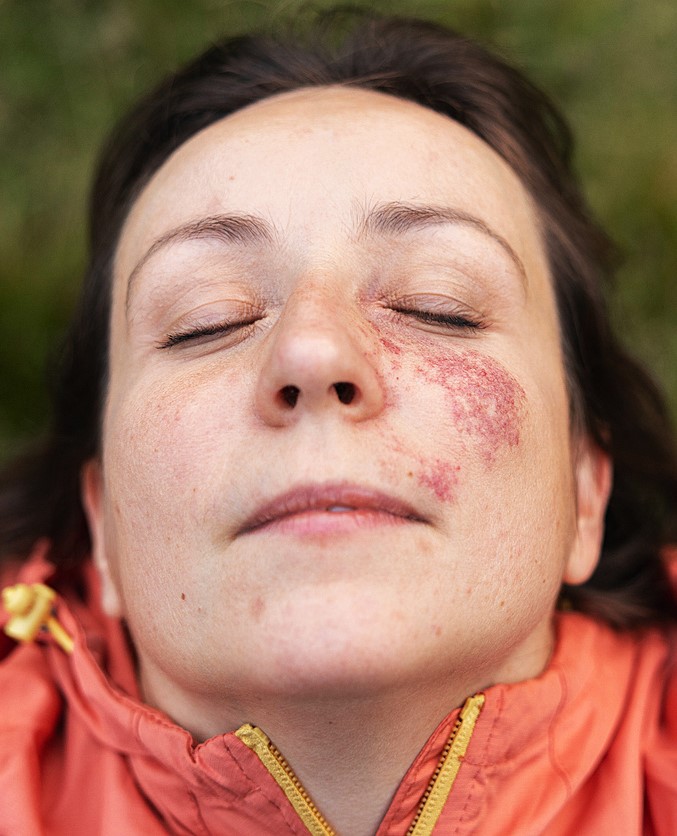Birthmarks are skin irregularities that appear at birth or soon after. They can differ in size, shape, and colour, and may be either flat or raised, involving pigment or blood vessels. While most are harmless and may fade over time, some remain visible or need treatment for cosmetic reasons, symptoms, or possible complications.
Birthmarks are skin markings present at birth or shortly after, typically classified as vascular or pigmented. Vascular birthmarks result from abnormal blood vessel development and include port-wine stains (flat red or purple patches that may darken), hemangiomas (raised red growths that often shrink over time), and salmon patches (light pink marks that usually fade in childhood). Pigmented birthmarks are due to excess melanin and include café-au-lait spots (light brown patches, sometimes linked to genetic conditions), Mongolian spots (bluish-grey marks common in darker skin tones), and congenital nevi (moles present at birth that vary in size and colour). While most birthmarks are harmless, some may require treatment for cosmetic or medical reasons.


Port wine stains (PWS) are one of the most common vascular birthmarks, affecting 2-4 out of every 1,000 births. These birthmarks can range in size, from a few centimetres to, in rare cases, covering an entire limb.

Yes, port wine stains (PWS) around the orbit can affect the eye area, and all patients with this pattern should be evaluated by an eye doctor. Large PWS on the limbs can sometimes lead to growth changes. Your GP or pediatrician will discuss the need for further investigations and ongoing monitoring if necessary.

Laser treatments for port wine stains can be performed at any age, but older stains may require more sessions to achieve similar results. Over time, port wine stains tend to darken and thicken, making early treatment preferable for the best aesthetic outcomes. In younger, thinner skin, the stain is less developed, allowing for more effective results with fewer sessions.
There is some debate about the ideal time to begin treatment. However, many experts agree that early intervention, starting as soon as possible in infancy, often yields the best results. Many medical centres treat vascular lesions early in life to maximise effectiveness, but it’s important to note that port wine stains can still be treated and improved at any age. Consulting with a dermatologist can help determine the most appropriate timing for treatment based on individual needs.

Test